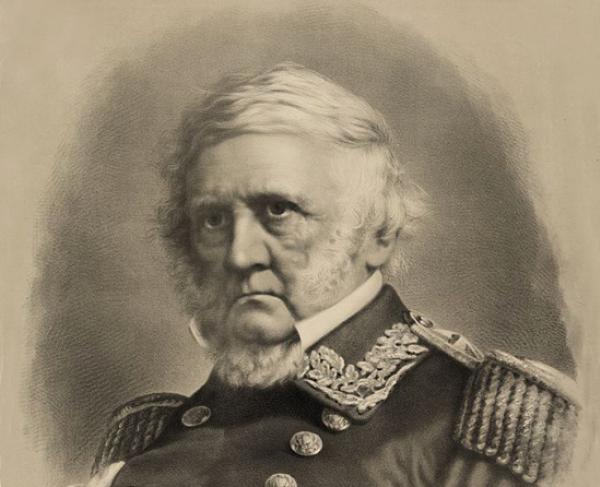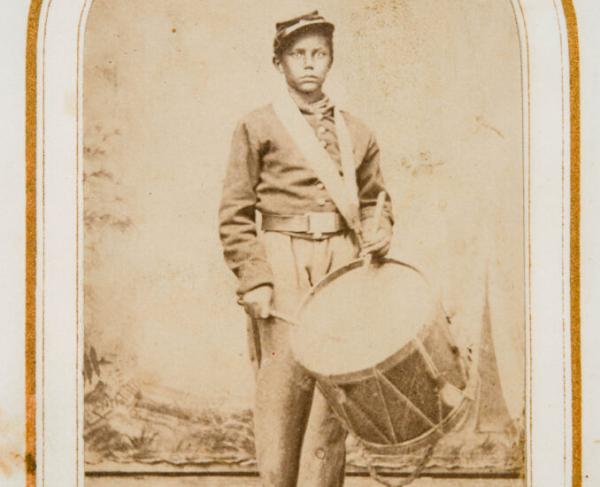Winfield Scott

Winfield Scott’s illustrious life began on June 13, 1786 in Dinwiddie County, Virginia. His military career began in May 1808, shortly before his 22nd birthday, when he was appointed a Captain in the U.S. Light Artillery. Early in his career, Scott openly criticized the Commanding General of the Army, James Wilkinson, earning him a court martial for insubordination in 1810 and a suspension of his commission for one year. From 1811 to 1812, he served on the staff of Wade Hampton II (father of Confederate General Wade Hampton III) in New Orleans. When the War of 1812 began, Scott was promoted to Lieutenant Colonel in the Second Artillery Regiment and transferred to the Niagara region. His first action was at the Battle of Queenston Heights, where he commanded the American landing party. Because of friction with the New York Militia, the attack went badly for the Americans who were forced to surrender. Held by the British until 1813, Scott was exchanged and paroled; he returned to duty and was promoted to Colonel. He led the attack that captured Fort George, suffering a wound in the process. He was promoted to Brigadier General, at age twenty-seven, in March of 1814. At this time Scott earned his nickname “Old Fuss and Feathers” for his insistence on military discipline and appearance, which, even though it rankled his mostly volunteer soldiers, helped turn them into a crack fighting force. Scott commanded a Brigade at the Battles of Chippawa and Lundy’s Lane; at the latter, he suffered a serious wound that took him out of the rest of the war. For his actions at Lundy’s Lane, he received a brevet promotion to Major General. Following the War of 1812, Scott helped standardize the drill regulations for the army. He was passed over for command in 1828 prompting his resignation, which was denied by the army. In the 1830s, he was in command during the Indian Wars in the west. In 1838, he oversaw the infamous Cherokee Removal, better known as the Trail of Tears. On July 5, 1841, Scott assumed office as Commanding General of the United States Army, its most senior position, and was promoted to Major General. In this role, he led American forces in Mexico during the Mexican-American War, earning him even more national recognition and prestige. Twenty years after his appointment as Commanding General, at the outbreak of the Civil War, Scott still retained his command even though he was 74 and in poor health. Feeling the pressure from the government and other members of the military, Scott resigned in November of 1861. When he retired from the Army in November 1861, Scott had been a general longer than his successor, George McClellan, had been alive. He lived to see the Union win the war, dying at West Point on May 29, 1866 at age 79. His military career spanned fifty-three years, forty-seven of which were as a general, and three major wars.

